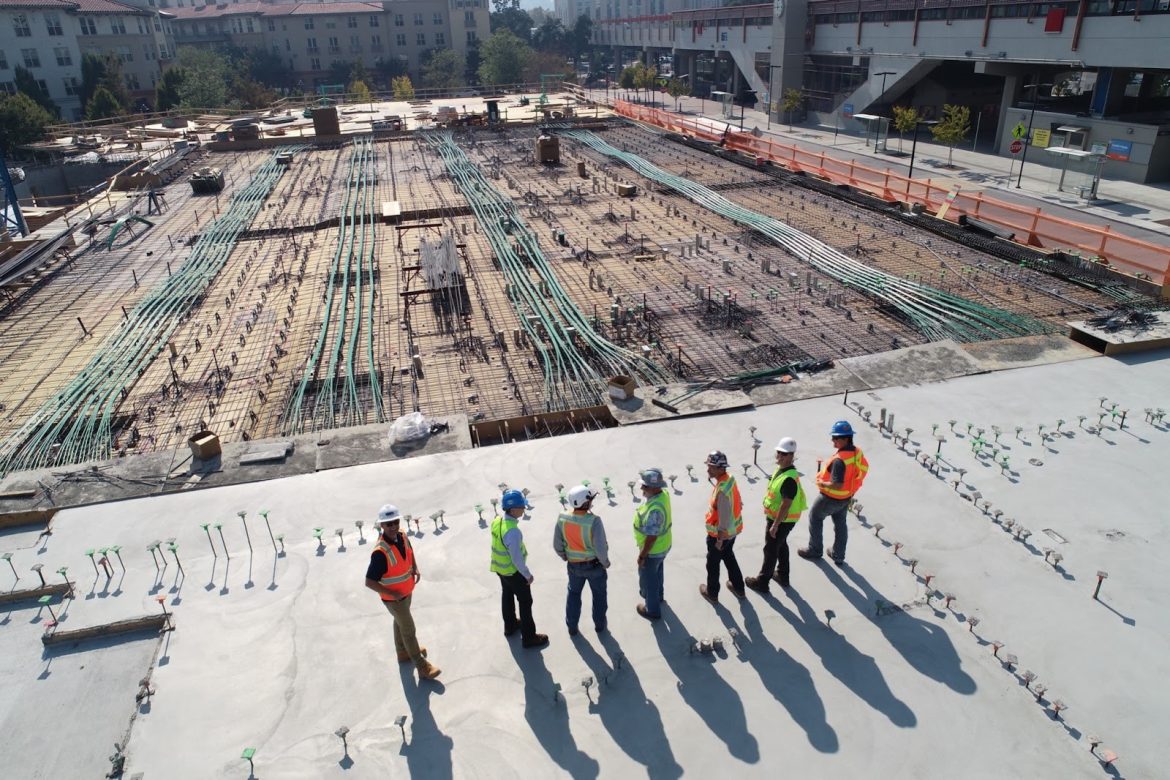Property planning and development is regarded as one of the most profitable industries. This business can help one make a lot of money with the right approach, perfect planning, and ample investment. However, in order to work on the development, one must have prior experience and understanding.
To proceed with your first development project, all factors must be critically analyzed and evaluated, as it is critical to ensure that the cost of development does not exceed the budget.
Here is our checklist of Do’s and Don’ts to keep in mind as you plan your development.
When you are Starting a Project
Do’s: Take your time to plan well
Don’t: Delay unnecessarily
Careful planning is essential for laying a solid foundation. The first step is to establish an appropriate and SMART deadline for when the project will be fully completed.
Delays in costing estimates and coordination with other departments can cause a delay in the overall project’s operation. The objectives and requirements should be made very clear from the start.
While it is critical to keep the element of time in mind, it is also important to understand that excessive planning can jeopardize the project, resulting in its failure. As a result, it is critical to strike the right balance and establish clear goals from the start.
Choosing the right team
Do’s: Right people for the right job
Don’t: Switching people and structure
The right combination of people to do the job is where the success lies. It also determines if the project is going to be a failure or if it will be a success. Once your team is established and in place, ‘Not to change the team’ should be a priority.
Changes in the team can result in additional expenditure and can lead to a loss in quality, timing delay, and much more.
Controlling and Evaluating Risk
Do’s: keep track of costs, risks, and efforts
Don’t: Panicking and excessive monitoring
Establishing a method to keep a close check on the costs, expenses, and other sources that will be used in the development is solely the planner’s job. Any oversight might result in a significant loss to the operation.
Therefore, a variety of techniques may be used to monitor things successfully, including sneak peeks, watching project time tracking, and consulting with a number of different departments to ensure smoothness.
Numerous helpful tools, such as software for excess soil management, make the monitoring process simpler. This includes features like a dashboard, communication, and tracking.
However, this in no way implies that the team’s autonomy and confidence have to be taken away, resulting in demoralizing them. Otherwise, the entire activity will negatively impact the team’s performance and the success of the project as a whole. Since excessive monitoring has been shown to have negative effects, it should never be used.
Conclusion
Planning is the key to successful development, hence the aforementioned dos and don’ts must be taken into account before beginning any development. In addition, there are several software programmes that aid in more precise growth planning.




